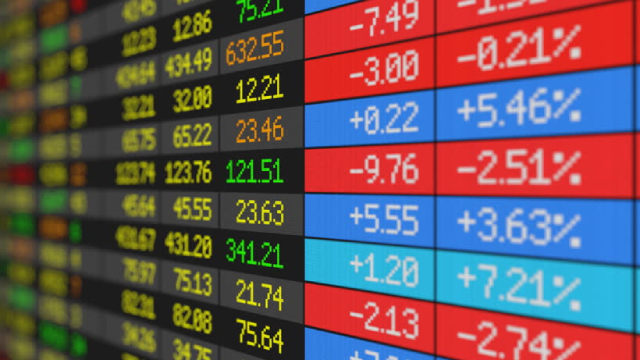
Direxion Daily Semiconductor Bear 3X Shares (SOXS)
Summary
SOXS Chart

SOXS: Making Money By Shorting Bad Products
Direxion Daily Semiconductor Bear 3X Shares ETF is a poor long-term investment due to its inverse nature and volatility drag. Shorting SOXS can yield market-beating returns, but requires careful risk management, including cash reserves and strategies like the Kelly Criterion. To mitigate risks, consider using put options or predefined stop-loss levels to protect against significant drawdowns in semiconductor stocks.

SOXS: Amortizing Fund That Should Be Avoided (Rating Upgrade)
Despite a 6% pullback in semiconductor stocks, the SOXS ETF has lost 6%, highlighting its ineffectiveness as a hedge due to volatility decay. SOXS ETF's reset of daily exposure leads to significant long-term losses, with a -70.9% CAGR over 10 years, making it an abysmal investment. Investors should consider put options on individual overvalued stocks or sector ETFs like SOXX for defined risk and reward, avoiding SOXS's open-ended decay.

SOXS: Pullback Or Bubble? Doesn't Matter, Continue To Avoid This Amortizing Trap
The Direxion Daily Semiconductor Bear 3X Shares ETF provides -300% exposure to the daily return of the NYSE Semiconductor Index. Former President Trump's comments regarding Taiwan caused semiconductor stocks to plunge and the SOXS ETF to gain 21% on July 17th. Even if this is the bursting of the AI semiconductor bubble, traders should be wary of holding the SOXS for too long due to extreme volatility decay.
Direxion Daily Semiconductor Bear 3X Shares (SOXS) FAQ
What is the stock price today?
On which exchange is it traded?
What is its stock symbol?
Does it pay dividends? What is the current yield?
What is its market cap?
Has Direxion Daily Semiconductor Bear 3X Shares ever had a stock split?
Direxion Daily Semiconductor Bear 3X Shares Profile
| ARCA Exchange | US Country |
Overview
This fund is designed for investors seeking to capitalize on the potential downturn of the semiconductor sector in the U.S. market. It aims to achieve this by investing a minimum of 80% of its net assets into financial instruments that provide triple the daily inverse exposure to a specific index or ETFs that follow this index. This index meticulously tracks the performance of the top thirty U.S. listed companies in the semiconductor industry, focusing on a rules-based, modified float-adjusted, market capitalization-weighted methodology. The fund's approach is non-diversified, concentrating its investments in this specific inverse strategy rather than spreading them across a wide array of sectors or investments.
Products and Services
- 3X Daily Inverse Exposure
The fund primarily focuses on financial instruments that, together, aim to provide three times the inverse of the daily performance of its targeted index. This means if the index the fund inversely tracks decreases in value, the fund is designed to increase in value, multiplied by three, before fees and expenses. It's a significant option for investors who anticipate a decline in the semiconductor market and wish to leverage this expectation for potentially higher returns.
- Exposure to Semiconductor Sector
By targeting an index that follows the thirty largest U.S. listed semiconductor companies, this fund offers a precise way to gain exposure to the semiconductor industry's fluctuations. The chosen index utilizes a sophisticated, rules-based approach to ensure a fair and comprehensive representation of the U.S. semiconductor sector, catering to investors interested in this specific market segment.
- Non-Diversified Investment Approach
This fund adopts a non-diversified investment strategy, meaning it concentrates its investments in a relatively small number of instruments or within a particular sector, in this case, the semiconductor industry. This approach allows for potentially higher gains but also bears a higher risk, as the fund's performance is closely tied to the performance of the semiconductor industry in the U.S.







